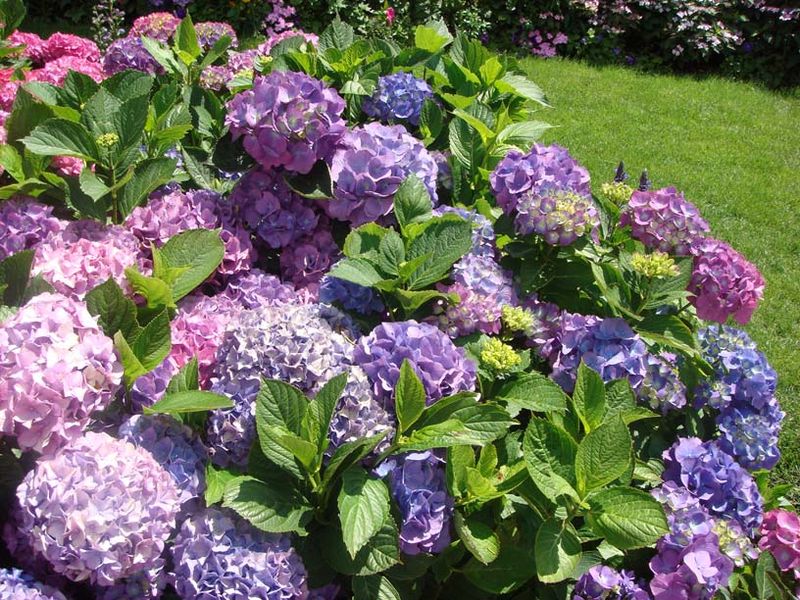How to Grow Hydrangeas in New Jersey – Quick and Easy Guide
When it comes to creating a beautiful garden, there is nothing like a hydrangea. These flowering plants bloom in a variety of colors and are vibrant, full, and fragrant. This is the perfect time to start planning and planting, and the experts at Cerbo’s are here to help.
When to plant hydrangeas
The two best times to plant your hydrangeas in New Jersey are early spring and fall, during the cooler part of the day. Plan to plant early morning or early evening when the sun isn’t particularly strong. The hydrangea will need time to get its roots firmly planted in the ground, and to soak up all of those nutrients.
Where to plant hydrangeas

Find a spot that gets early morning sun and is sheltered from the blustering afternoon heat. Hydrangeas like it cooler and tend to wilt when faced with excessive exposure to the sun. You also want to be careful to plant your hydrangeas far enough away from trees to avoid competition for resources.
How to plant hydrangeas
You will want to start by digging a hole about 2 feet wider than the root, and deep enough so the hydrangea will be about level (or a touch higher than) the ground. A good tip for depth is to use the depth of the pot in which it came. Before placing the hydrangea in the hole, add some mulch. Building a mound of soil around the hydrangea ball will improve water drainage so it runs away from the base of the plant instead of drowning it.
After you plant your hydrangeas
Your hydrangeas will need plenty of water, especially in the beginning. Be sure to water them early and often, keeping the ground around them damp. During March, April, and May, aim to provide at least 1 inch of water per week. You should also add Espoma Bio Tone starter or Espoma Holly Tone fertilizer to give your plants a boost. Developed right here in New Jersey, the Espoma family of fertilizers is formulated to support the local flora and soil.

Long term care
By early to mid-summer, you might want to think about propagation. A well-tended hydrangea can easily be used to provide a bounty of blooms, provided you propagate properly.
- Close enough that a branch can be bent down and covered half way, dig a small trench near the plant.
- Scratch the bark where the soil touches the branch
- Fill the trench and hold it down with a paver, brick, or heavy stone.
- Wait for the branch to form its own root system so it can be moved.
For smooth or oakleaf hydrangeas:
- Dig up the younger plant and separate it from the original
- Transplant to the new location
Now that you’re ready to plant, it’s time to shop! Pop over to Cerbo’s for the best selection in plants and fertilizer to help your New Jersey garden grow, and the expert staff at Cerbo’s will answer any of your questions.

